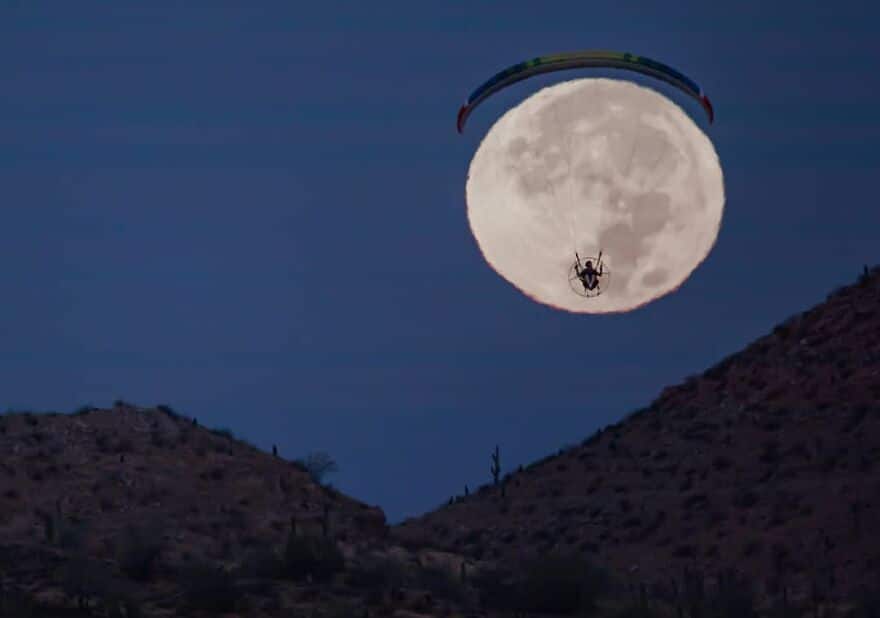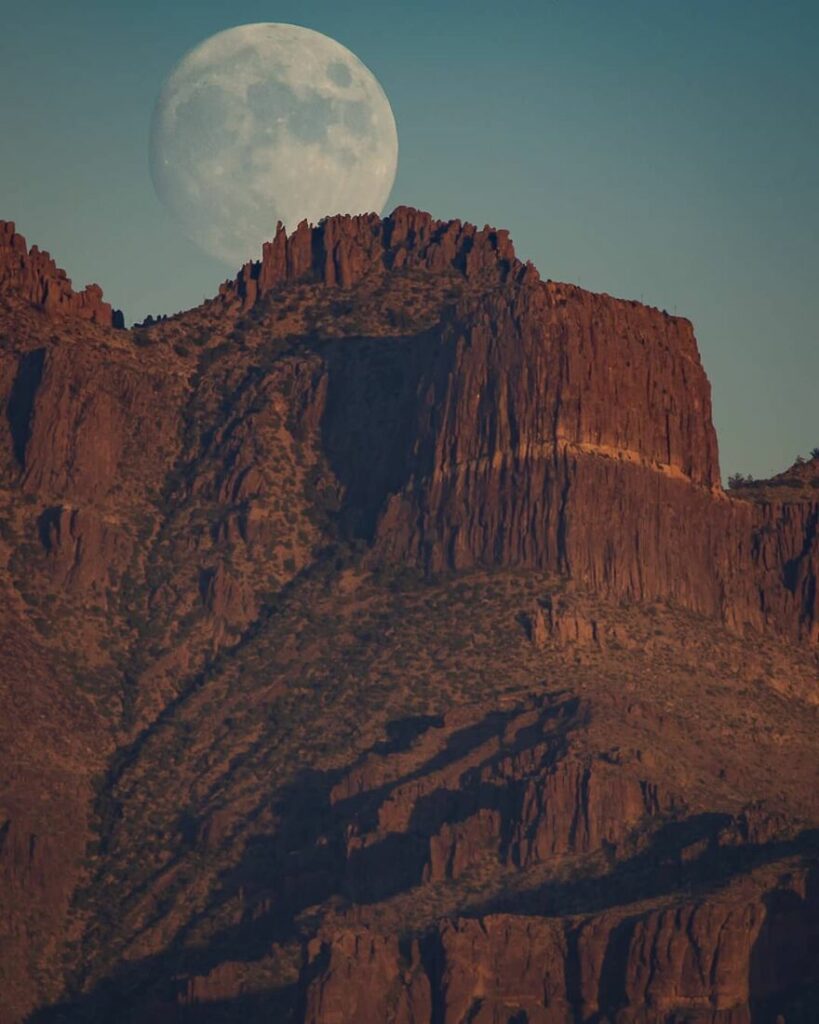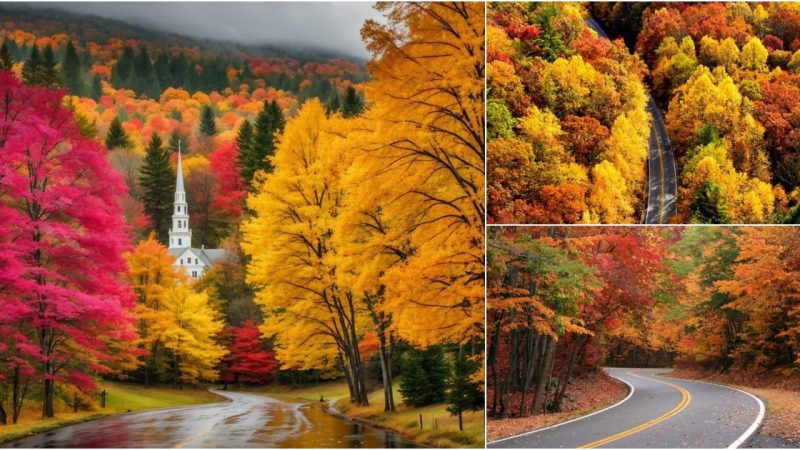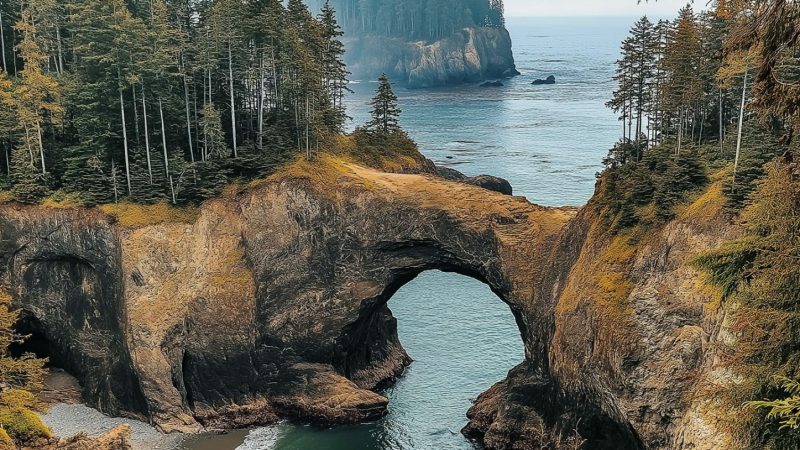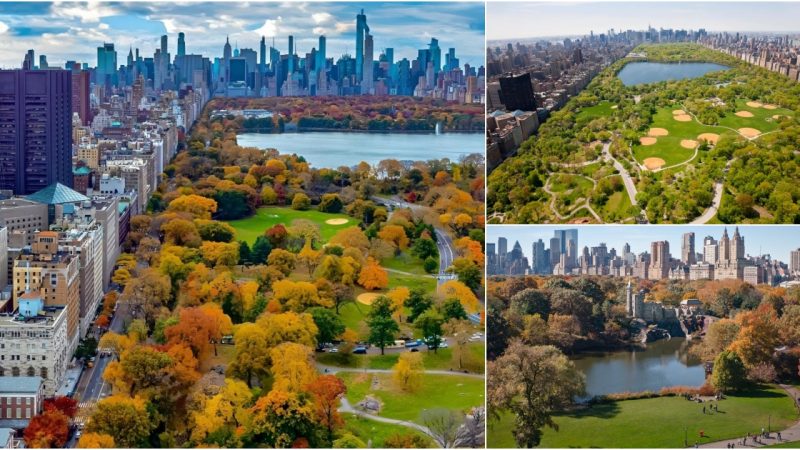Not Photoshopped: Photographer Uses Only Lens to Make the Moon Look Supersized (15 Pics)
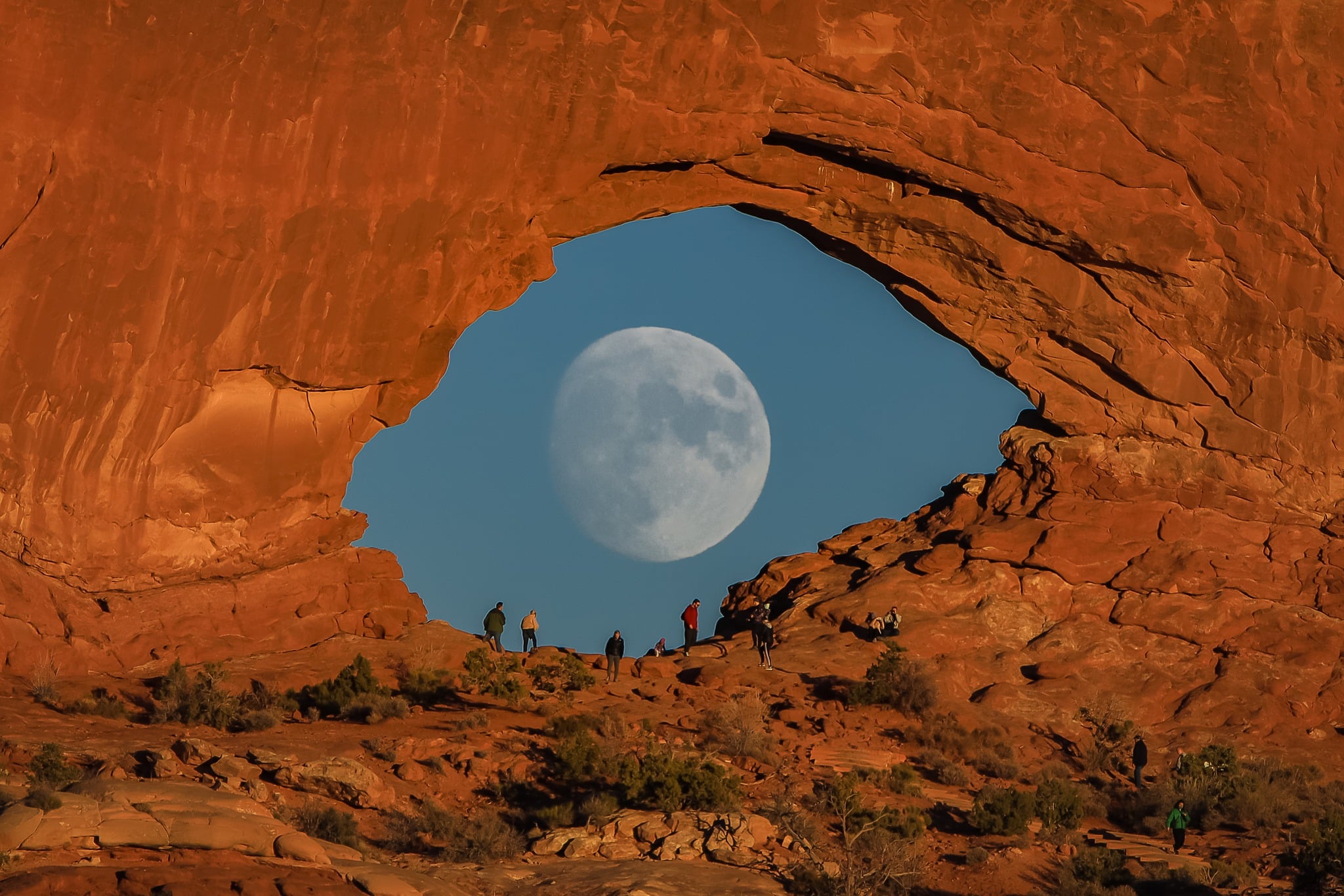
The moon has always held a fascination for humanity, inspiring music, poetry, and artwork throughout history. But it was the momentous achievement of astronauts Edward “Buzz” Aldrin, Michael Collins, and Neil Armstrong landing on the moon that forever changed our perspective and marked a historic milestone. One thing is clear: humanity has always had its eyes on the moon. In fact, our concept of a month is directly tied to the moon’s cycle, as reflected in many languages (e.g., moon-month).

For landscape photographer Zach Cooley, the moon is one of his favorite subjects, and he often seeks to capture shots of the full moon. However, some people accuse him of creating “fake” and Photoshopped images, which deeply offends the artist. While his photos are real, they do employ a few camera tricks, such as zooming and, occasionally, double exposure. In this particular collection, only zooming techniques are used. Let’s take a glimpse behind the scenes and learn how the artist achieves his magical results, as explained by him: “I want to clarify a few things about my photos. Although they are done in-camera without Photoshop or any other software, they are the result of merging two photos into one. However, I’m especially proud of the single-exposure photo because it doesn’t involve any camera tricks, and nobody can call it fake. When asked for media publication, I always provide the single exposure photo. This is understandable since most people don’t carry binoculars or a zoom lens with them every day. But if they did, with some planning, they could certainly see the same things they see in my photos!”
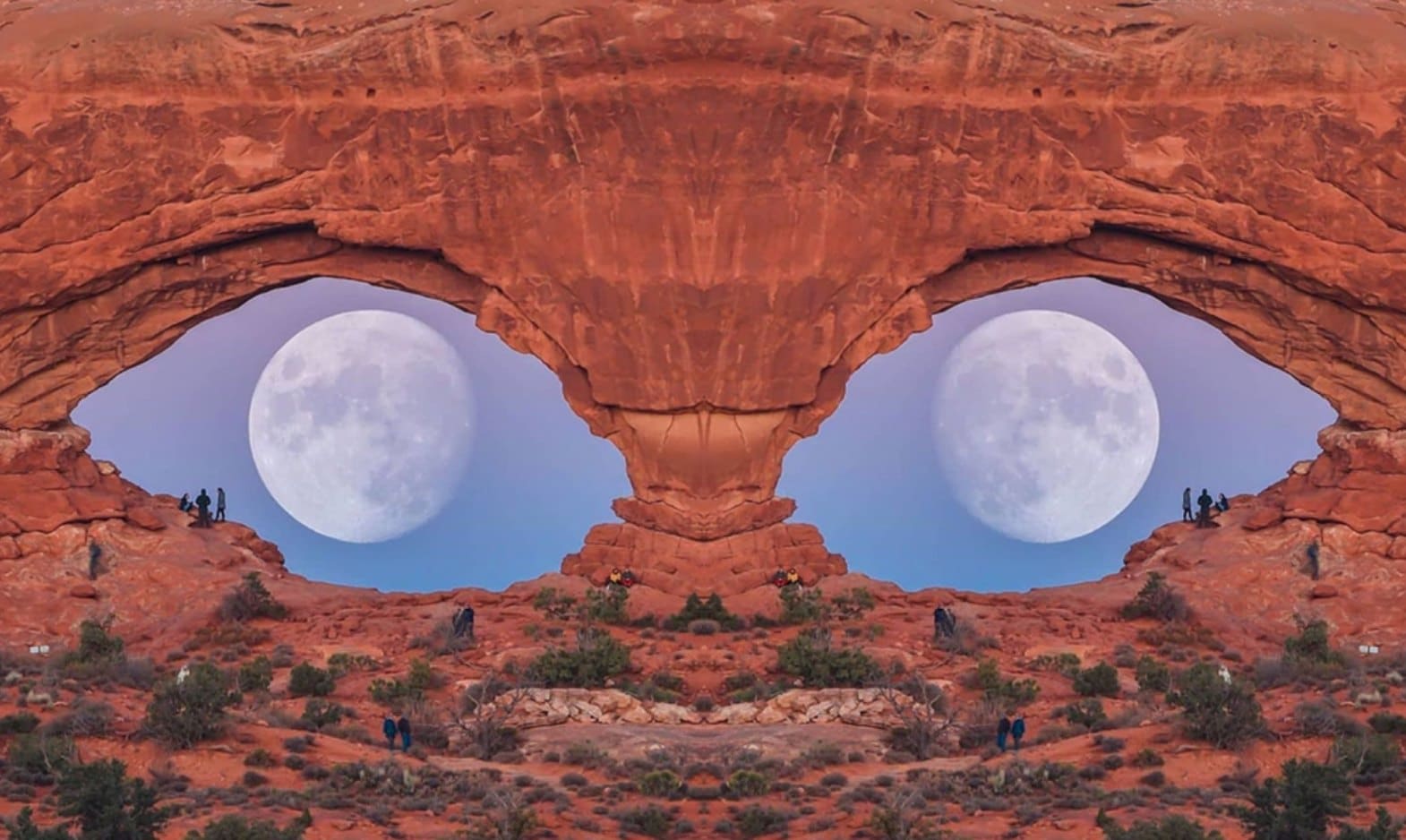
Last October, Zach achieved a remarkable shot of the moon by framing it within a natural arc at Arches National Park in Utah, USA. With human figures positioned on the edge of the arc, the resulting image appears as if a divine eye is gazing down upon creation. This photograph went viral across multiple platforms and caught the attention of many, including those who considered it worthy of becoming a wallpaper or more.
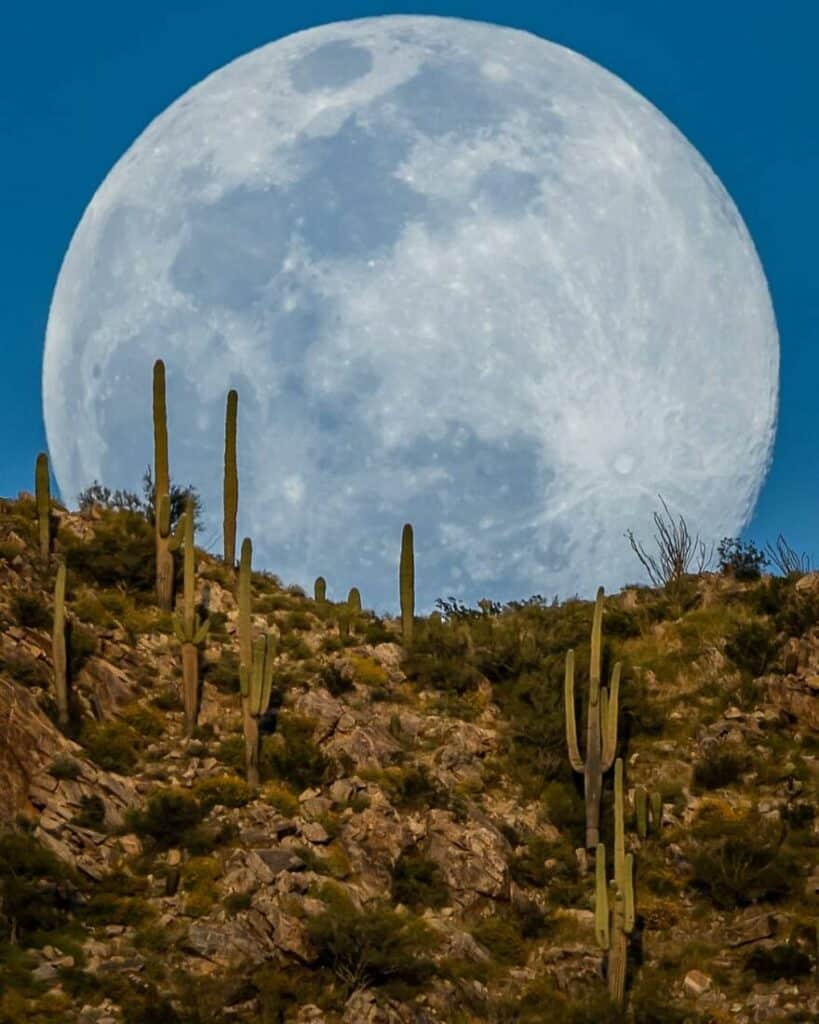
In an exclusive interview with Bored Panda, the artist shared insights into his photography background: “I started getting into photography about 8 years ago, and I distinctly remember an old memory when digital cameras were relatively new. My dad tried capturing a photo of the full moon directly above us, but it didn’t turn out well. He ended up with the same result many people get today with their cell phones—a mere white disc lacking the intricate details visible to our eyes. Since I was learning photography, I believed I could learn to capture better moon photos. Since then, I have continued to learn and practice, particularly enjoying finding interesting compositions that incorporate the landscape.”
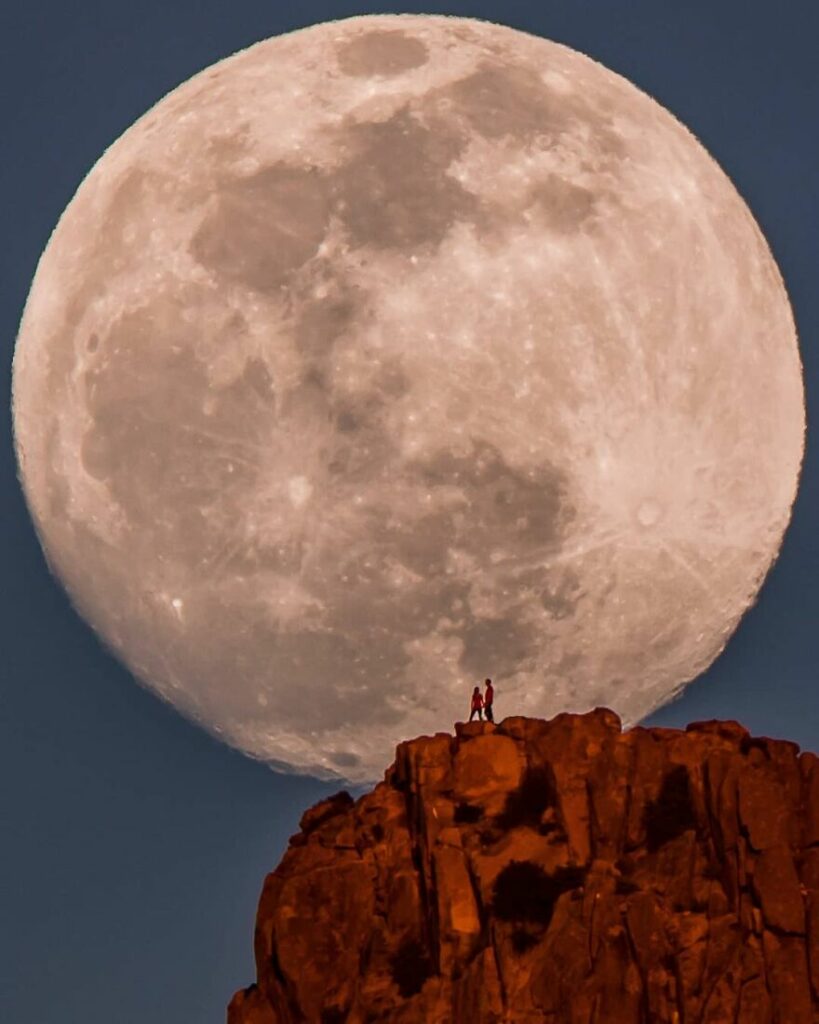
Zach also explained the phenomenon of the enlarged moon using simple terms: “Many people find it hard to believe that the moon can appear so large. To help them understand, I often ask, ‘If you move a mile in the opposite direction of the moon, does it seem to change size? What about five miles?’ The correct answer is ‘No.’ Then I ask, ‘And what if you move a mile away from something on the ground, say a friend—do they seem to change size?’ The correct answer is ‘Yes.’ Hopefully, at this point, they connect the dots and understand the ‘trick.’ These are two basic concepts we don’t usually think about, but once you do, you realize it’s all about making objects on the ground appear smaller by moving away from them, creating an illusion of a larger moon by comparison. In photography, it’s essential to capture different perspectives to capture viewers’ attention, showing them things they rarely or never see. That’s why I love photographing the moon with landscapes. Most of the time, when we see the moon, it’s high in the sky. People rarely go out specifically to watch the moon rise or set.”
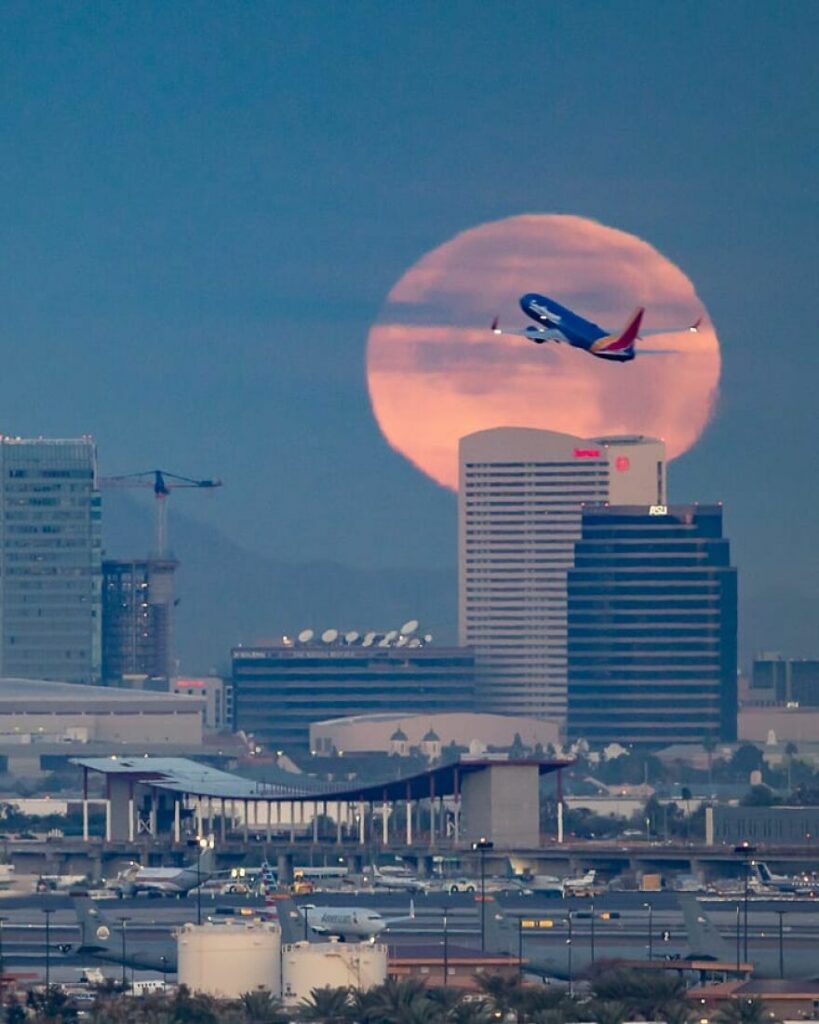
Here are a few fascinating facts about the moon: Monday is known as “moon’s day,” just as Sunday is “sun’s day.” The moon always shows the same face to Earth due to synchronous rotation, a phenomenon known as tidal locking. Scientists believe that the moon is actually a fragment of the Earth itself, created when a Mars-sized object collided with Earth around 4.5 billion years ago. The distance between the moon and Earth is so vast that all the planets in our solar system could fit in that space with room to spare.
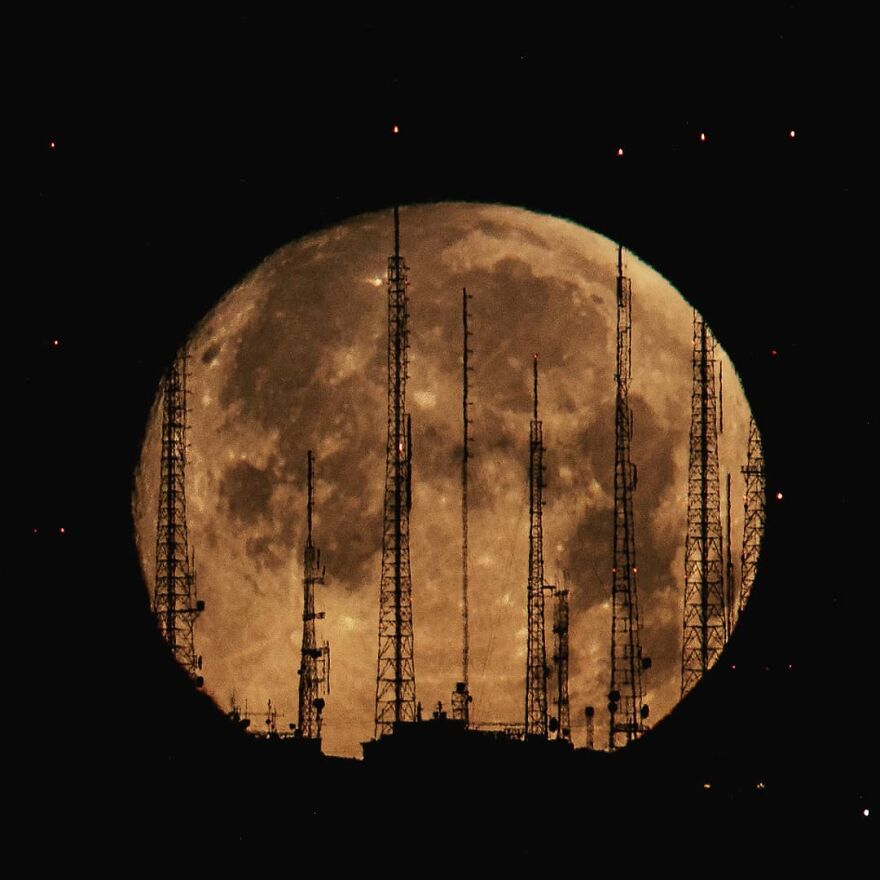
Regarding his gear, Zach shared: “Currently, I use a Canon EOS R camera, and for most of my moon photos, I rely on a Tamron 150-600 G2 lens, which offers magnification of up to 12x. To plan alignments, I use three different apps: PlanIt!, The Photographer’s Ephemeris (TPE), and PhotoPills. I like cross-checking information, and these apps assist me in that process.
